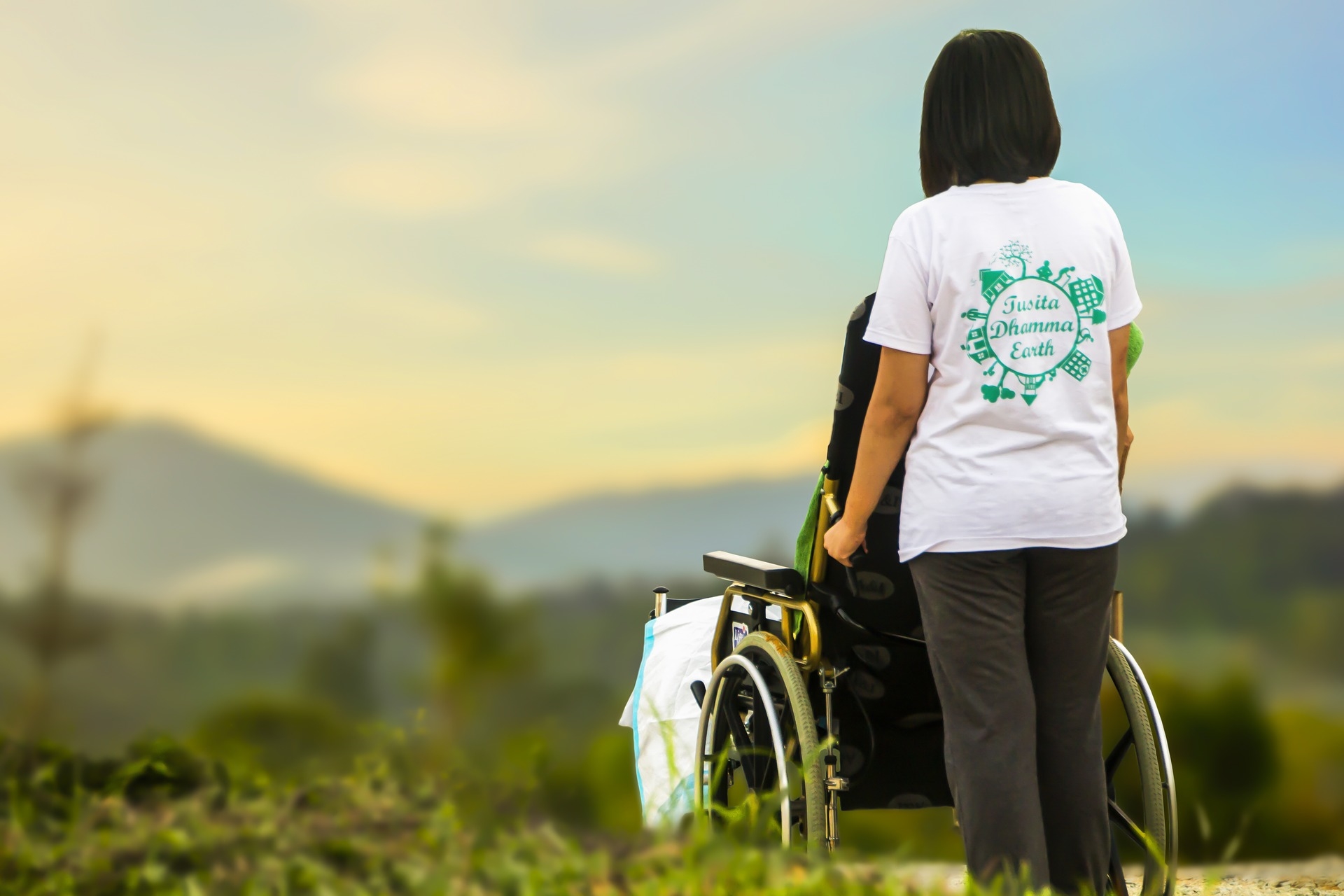
Image via Pexels
When older homebuyers begin looking for their “forever home,” the checklist starts to change. It’s no longer about school districts, proximity to nightlife, or even resale value. The new focus becomes comfort, accessibility, and the kind of thoughtful design that lets a homeowner stay put without complications. But aging in place isn’t just about installing a grab bar in the shower; it’s about finding a space that’s ready to grow with the people inside it.
Single-Level Living That Respects the Body
Climbing stairs might feel like nothing today, but bones and joints have a funny way of making themselves known with time. Homes with everything on one level—bedroom, bathroom, kitchen, laundry—offer an ease that’s hard to beat, especially for those thinking a decade or two ahead. Even when buyers insist they “don’t mind stairs,” that tune can change fast after a knee replacement or a temporary injury. A house with everything on one floor isn’t just practical—it’s peace of mind built into the foundation.
Lighting That Understands Aging Eyes
Vision changes aren’t dramatic overnight, but they sneak up with age—and poor lighting can become a real hazard. Homes with abundant natural light, layered task lighting in the kitchen, and illuminated pathways offer more than ambiance. They protect against slips, reduce eye strain, and help maintain independence in everyday tasks. Look for places where light switches are intuitive, staircases are well-lit, and the sun becomes an ally, not a challenge.
Smart Appliances, Smarter Protections
It’s not just style that matters when it comes to appliances—it’s function, reliability, and the way they interact with everyday life. A home equipped with updated, energy-efficient appliances simplifies everything from cooking to laundry, all while reducing long-term costs and hassles. Still, modern doesn’t mean invincible, which is why it’s wise to understand appliance warranty coverage and invest in a home warranty that can help offset the expense of repairs or replacements. Look for plans that go beyond the basics, covering breakdowns from improper installations, so you’re protected before problems even show up.
Bathrooms Designed with Dignity in Mind
It’s easy to think of bathroom safety as an afterthought, but a smartly designed bathroom can quietly support independence for years. Walk-in showers with bench seating, lever faucets, and non-slip floors blend utility with style when done right. Instead of tacking on bulky grab bars later, buyers should seek homes where these features are already integrated or can be added seamlessly. The goal is a space that offers support without ever feeling clinical.
Kitchens That Invite, Not Intimidate
The kitchen remains the heart of the home, but it becomes a battleground of inconvenience if the layout is clunky. Pull-out drawers, lowered countertops, and appliances with front-facing controls make daily life easier and safer. Aging buyers should look for kitchens that don’t require bending, stretching, or acrobatics just to make breakfast. A well-planned kitchen isn’t just about beauty—it’s about whether that beauty will still work for you in 10 years.
Neighborhoods That Support the Life You Want
A great house means little if it’s isolated. Walkable communities with nearby groceries, green spaces, and healthcare facilities allow homeowners to stay connected without relying on a car. Aging in place also means aging in a place where you can still run errands, meet friends, or get to appointments. When the neighborhood supports engagement, the home becomes part of a bigger safety net—one that protects against loneliness as much as physical limitation.
The idea of aging in place isn’t just about avoiding the move to assisted living. It’s about creating a space that honors autonomy and supports well-being in ways that are often invisible until they’re needed. Buyers who plan for accessibility before they need it won’t just make smarter investments—they’ll find more comfort in the day-to-day. The ideal home doesn’t trade charm for utility; it blends both, offering a living experience that evolves gracefully alongside the people who call it home.
Discover a wealth of resources and support for caregivers at Caregiver Corner, where practical strategies and community connections help you balance work, senior care, and personal life with ease.
Post contributed by Karen Weeks at elderwellness.net



